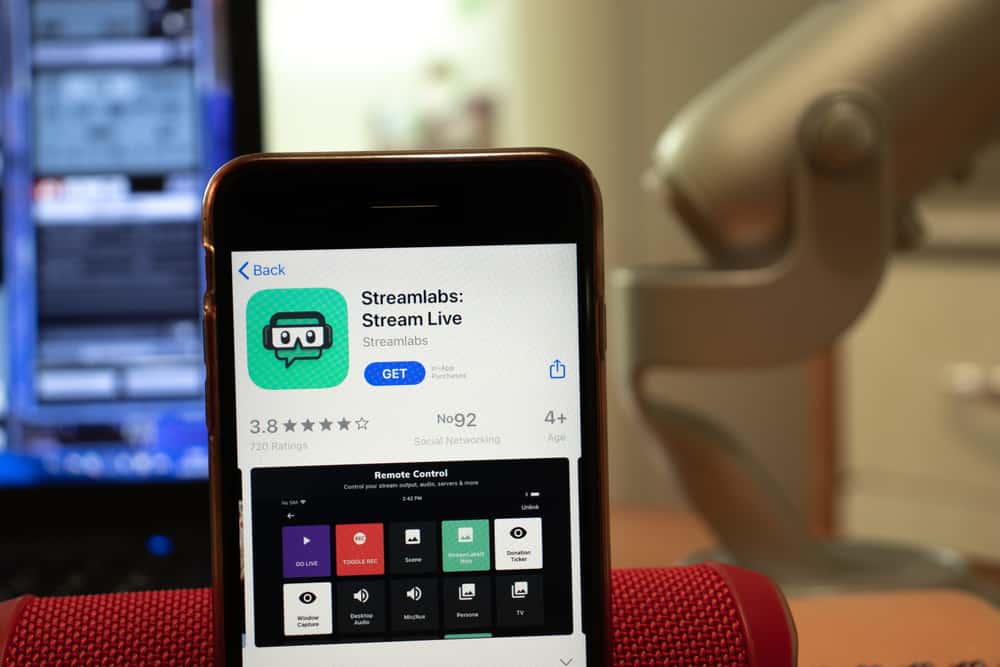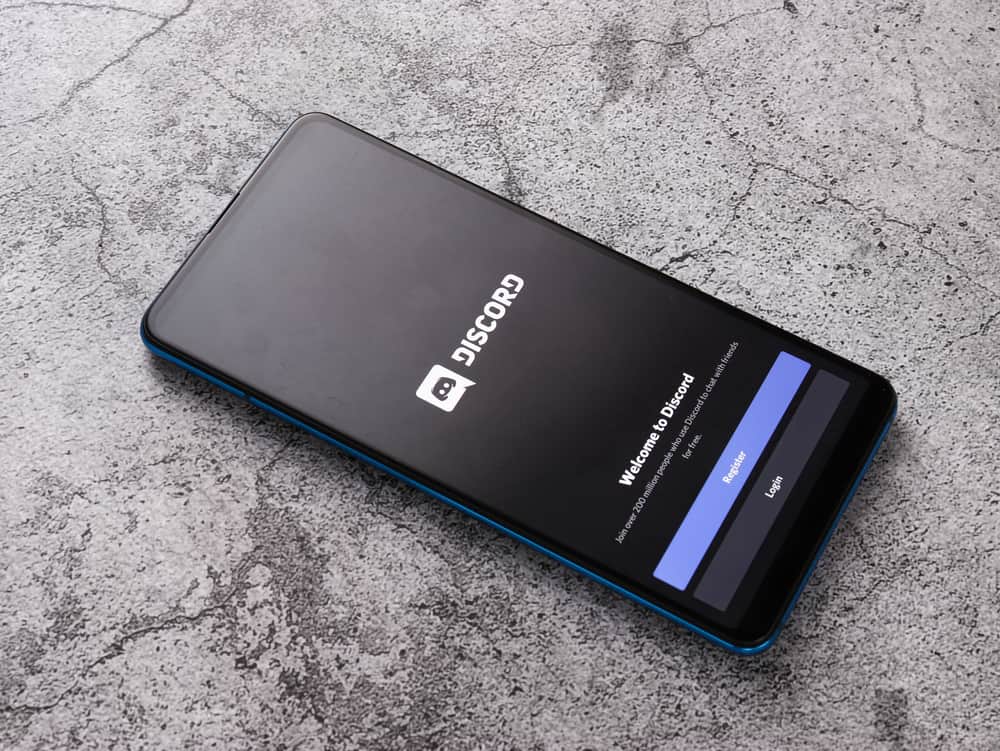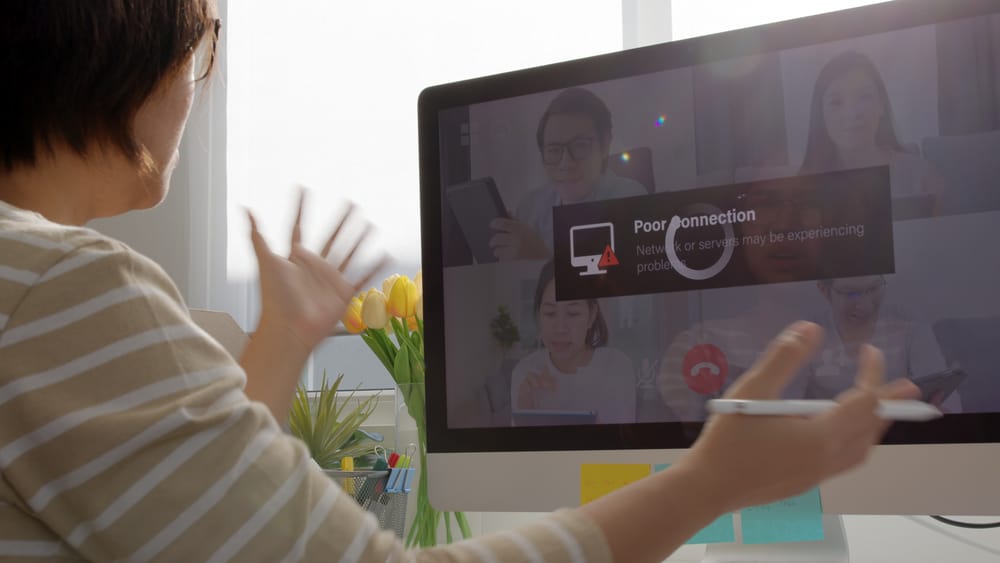
Discord is a free VoIP platform loved by gamers and streamers. When using Discord, you may need a way to enhance your audio experience to ensure your audience conveniently hears you in a voice channel.
There are different ways of enhancing voice experience on Discord, and Streamlabs is one solution. We will see the steps to follow to use Discord with Streamlabs.
Before adding Discord to Streamlabs, you must install Streamlabs on your desktop. You can do it from its official website and run the installation on your desktop. Next, open your Discord application and access the “User Settings” page. Open the “Voice & Video” and set the appropriate input and output device per your preference. Open the installed Streamlabs on your desktop and click the settings icon at the bottom. Tap the option for “Audio” and set the audio settings to match those on Discord.
We will understand how Discord works with Streamlabs. Moreover, we will see how to install Streamlabs on your desktop and proceed to connect it with Discord to enhance your audio experience.
What Is Streamlabs?
When using Discord to stream, you must work on your audio to ensure you remain audio-clear to your audience. You can use a tool like Streamlabs to achieve this. Streamlabs is a desktop tool created to make the life of streamers easier.
With Streamlabs, you can enhance your engagement with your audience by utilizing its robust features to improve your streaming experience. For instance, we will see how you can use Discord with Streamlabs to create a smooth audio experience.
How To Add Discord to Streamlabs
Every gamer or streamer must have a tool that enhances audio and video. For the case of audio, you can rely on Streamlabs. There are two main phases of using Discord with Streamlabs.
Step #1: Install Streamlabs
Here’s how you install Streamlabs on a desktop.
- Open the browser on your computer.
- Navigate to the Streamlabs official website.
- Click the “Download Streamlab Desktop” option and wait for the download to complete.
- Once downloaded, find the installer and double-click on it to start the installation.
- Finish the installation process.
At this point, Streamlabs is now installed on your desktop, and you are ready to add Discord to it and start your streaming.
Step #2: Configure Discord With Streamlabs
When working with Streamlabs, you can use it to enhance the audio and video experience on Discord. For our case, we will see how to add Discord to Streamlabs and use it for audio and video. Follow the steps below.
- Open your Discord application.
- Click on the gear icon at the bottom.
- On the “User Settings” page, open the “Video & Audio” tab.
- Select your preferred “Input Device” and do the same for the “Output Device.”
- Open the Streamlabs application you installed on your desktop.
- Click the settings icon at the bottom.
- Open the “Audio” tab from the left sidebar menu.
- Locate the “Desktop Audio Device 1” and click the down arrow on its right.
- Set the audio device to match the one you set as your “Output Device” on Discord.
- Click “Done” to save the changes.
- Still, on the left sidebar, open the “Virtual Webcam” tab.
- Hit the “Install Virtual Webcam” button.
- Click the “Start Virtual Webcam” and then “Done” at the bottom.
- Go back to your Discord application.
- Navigate to the “Voice & Video” tab.
- Navigate to the “Camera” section and click on the video option.
- Here, select the “Streamlabs Virtual Webcam.”
With that, you can start your Discord streaming, and Streamlabs will handle your audio and video to ensure it is smooth and that your audience gets the best experience.
Conclusion
When you want to add Discord to Streamlabs, install the Streamlabs desktop application on your computer. Once installed, follow the steps covered in this post to add Discord to Streamlabs and use it with your audio and video.











